Do many ways but still lack water
Be Island (also known as An Binh Island, Bo Bai Islet) is located about 3 nautical miles from Big Island - the central area of Ly Son District (Quang Ngai). With a total area of only 0.69 km2 and a population of more than 400 people in 80 households, Be Island is considered the Maldives of Vietnam.
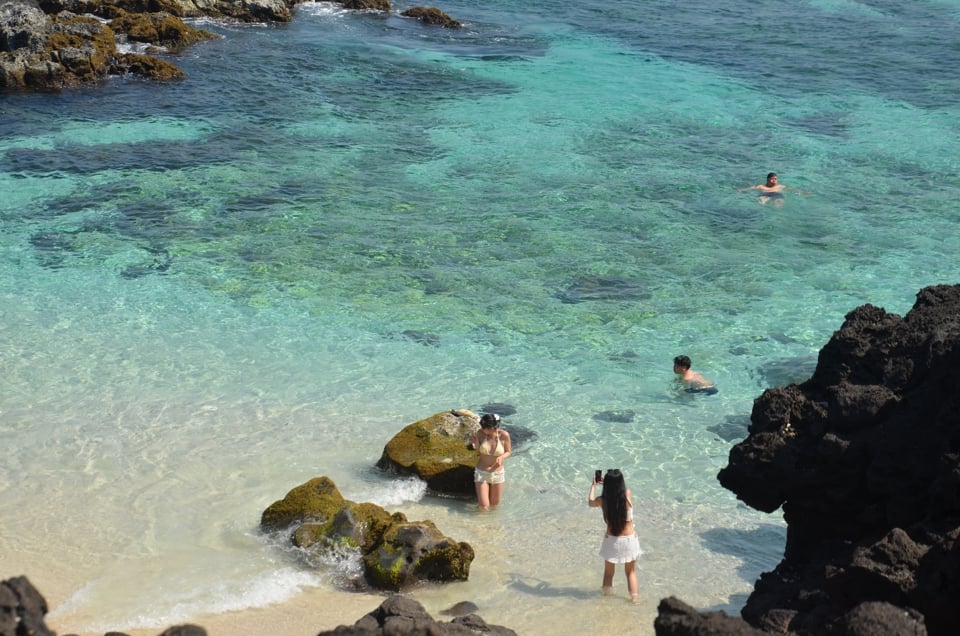
This place has a unique beauty thanks to the volcanic sedimentary rocks that existed millions of years ago. Through many ups and downs and changes, Be Island still retains its peaceful, rustic beauty, making it an attractive destination for tourists. On average, Be Island welcomes nearly 60,000 domestic and foreign visitors each year.
According to the elders on Small Island, nearly 200 years ago, people from Big Island came here to reclaim wasteland, and now have established 4 large clans on the island.
For hundreds of years, the residents of Be Island have relied mainly on rainwater. All the roofs on the island have been turned into rainwater collectors, leading them to jars and tanks below.
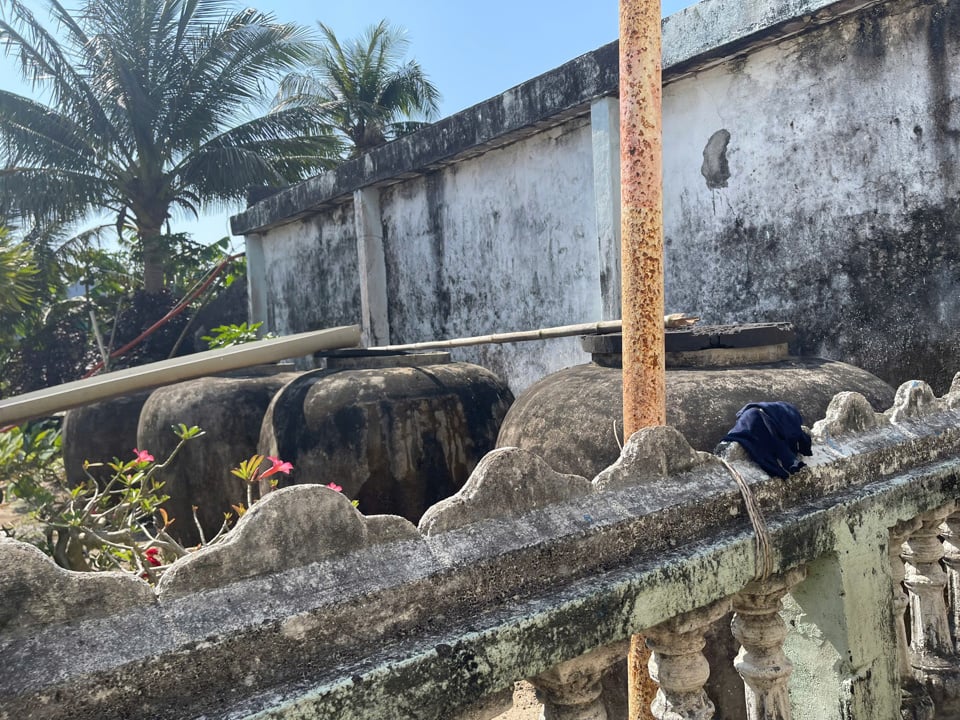
To "quench the thirst" of islanders, the authorities of Ly Son district and Quang Ngai province have repeatedly hired geological teams to drill and explore for fresh water sources, but to no avail.
In August 2012, An Binh Seawater to Fresh Water Plant was invested in construction, worth about 20 billion VND. According to the design at the time of installation, the plant has a capacity to desalinate seawater into fresh water of about 100m3/day and night, meeting 60-70% of the fresh water demand for essential daily use of the people.
After the plant was put into operation, Ly Son district assigned An Binh commune (ie Be island) to manage and operate it. In March 2020, Ly Son had only one district-level administrative unit, the water plant was assigned to the Construction Order - Urban and Environmental Management Team for direct management and operation.
Operating in a seawater environment and not being regularly maintained or repaired, the two generators of this water plant have deteriorated and broken down.
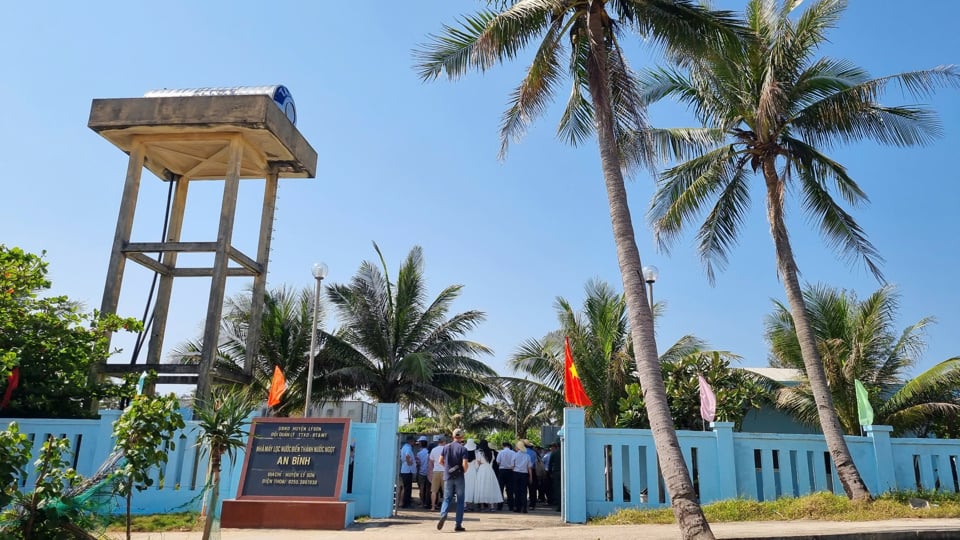
“Currently, a damaged unit has not been repaired since 2021, so only one unit with a capacity of 3.5m3/hour is operating. The operation of water supply also depends on the power source from the power plant and the tide, so each day the plant filters and supplies about 30-35m3 to serve the people,” said Mr. Pham Van Minh, Captain of the Construction Order Management Team - Urban and Environment.
With this situation, the factory's response level continues to decrease compared to the original design. Meanwhile, the number of tourists to Be Island is increasing.
“In recent years, although a plant to filter seawater into fresh water has been invested in on the island, it still cannot meet the demand. Currently, people still store rainwater in jars. During the dry season, when there are many tourists, they have to buy fresh water from Big Island at a price of about 300,000 VND - 350,000 VND/m3, including transportation costs,” said Ms. Tran Thi Mai (73 years old), a resident of Small Island.
What is the sustainable solution?
According to the Chairwoman of the People’s Committee of Ly Son District, Pham Thi Huong, the lack of fresh water has caused certain difficulties for tourism development. Meanwhile, due to the special conditions of the island, it is impossible to draw water from the mainland, filtering seawater into fresh water and storing rainwater is also not a sustainable solution.
Therefore, to solve the problem of "thirst" for fresh water of Ly Son residents, especially Be Island, the most feasible solution is to call on investors when implementing projects in Ly Son, if they want sustainable development, they must consider ensuring water resources.
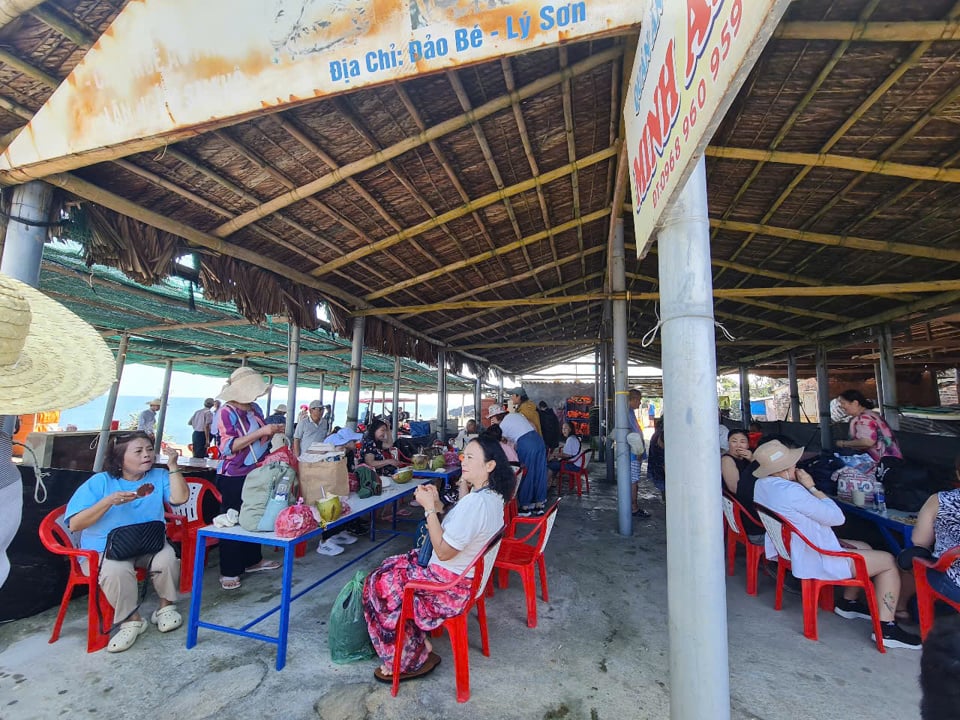
“In the immediate future, to meet the increasing demand for fresh water from residents and tourists in the upcoming summer, the district has directed the specialized sector to coordinate with the operating unit to survey the damage and arrange funding for repairs,” said Ms. Huong.
According to the Chairman of the People's Committee of Ly Son district, currently, the district has 2 clean water plants supplying water to people on Be and Lon islands. Every year, the district balances the budget to maintain the operation of these plants.
"Given the limited district budget revenue, I hope the Provincial People's Committee will pay attention to allocating annual funding so that the district can ensure water supply for the people," Ms. Huong said.
Source: https://kinhtedothi.vn/maldives-cua-viet-nam-van-tran-tro-voi-nuoc-ngot.html



![[Photo] Prime Minister Pham Minh Chinh chairs meeting after US announces reciprocal tariffs](https://vstatic.vietnam.vn/vietnam/resource/IMAGE/2025/4/3/ee90a2786c0a45d7868de039cef4a712)
![[Photo] General Secretary To Lam receives Japanese Ambassador to Vietnam Ito Naoki](https://vstatic.vietnam.vn/vietnam/resource/IMAGE/2025/4/3/3a5d233bc09d4928ac9bfed97674be98)

![[Photo] Moment of love: Myanmar people are moved to thank Vietnamese soldiers](https://vstatic.vietnam.vn/vietnam/resource/IMAGE/2025/4/3/9b2e07196eb14aa5aacb1bc9e067ae6f)
![[Photo] Special relics at the Vietnam Military History Museum associated with the heroic April 30th](https://vstatic.vietnam.vn/vietnam/resource/IMAGE/2025/4/3/a49d65b17b804e398de42bc2caba8368)
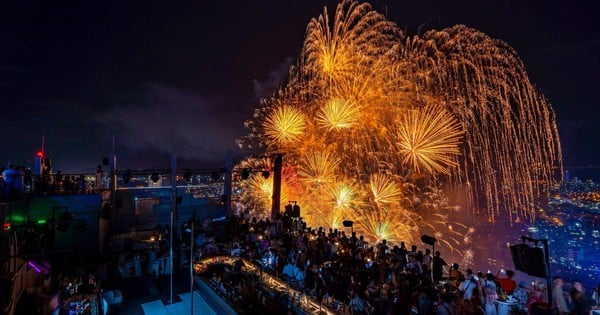



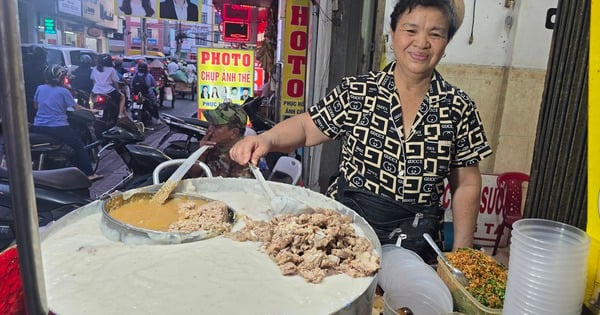
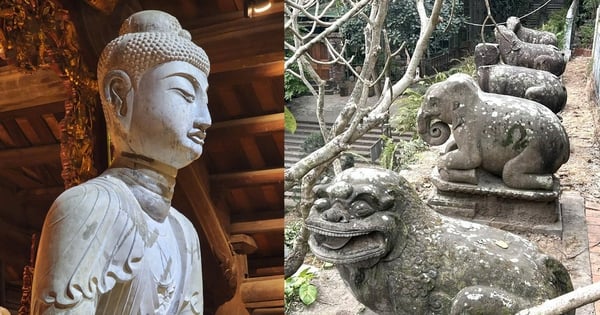





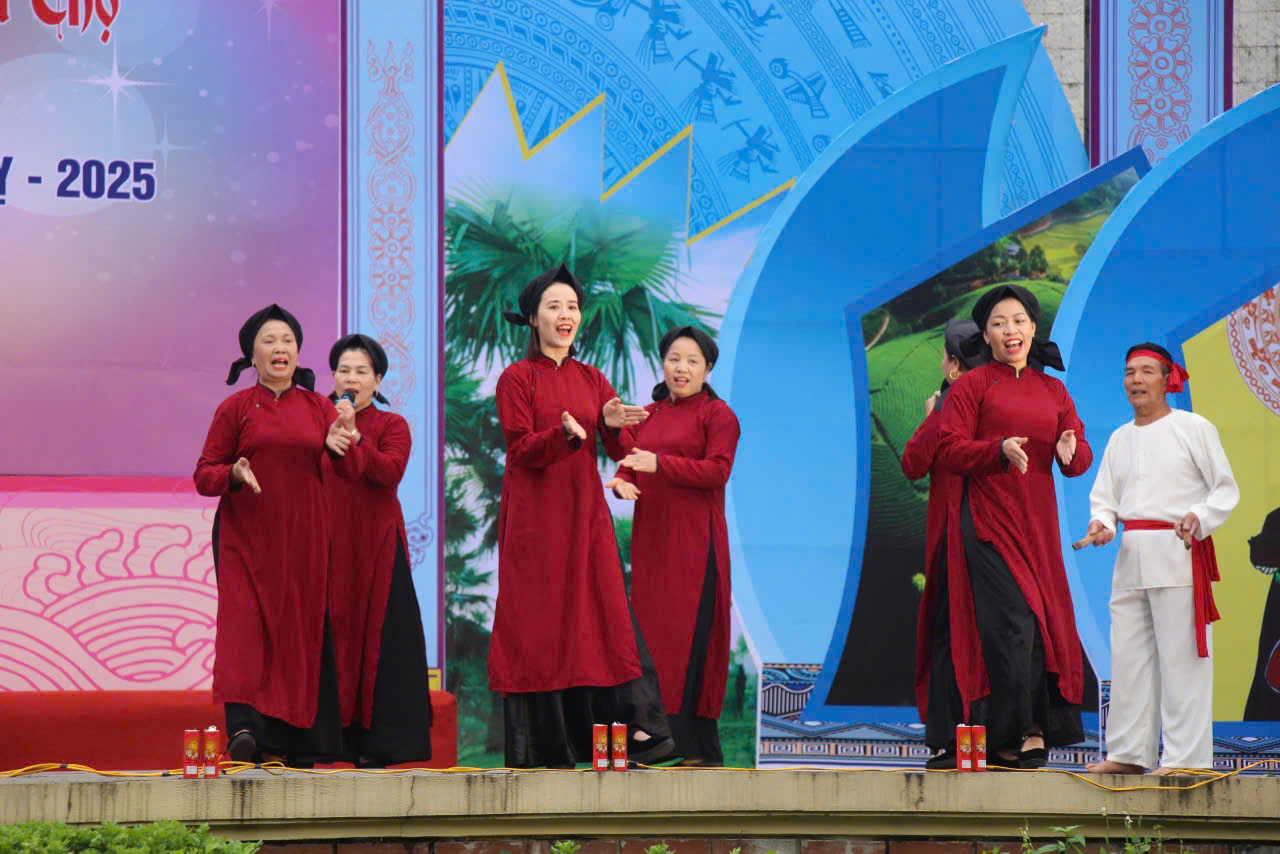



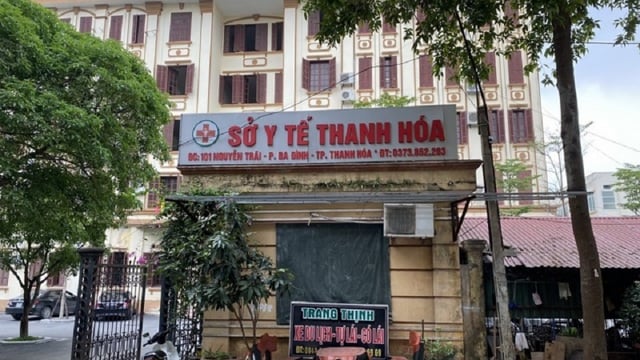




































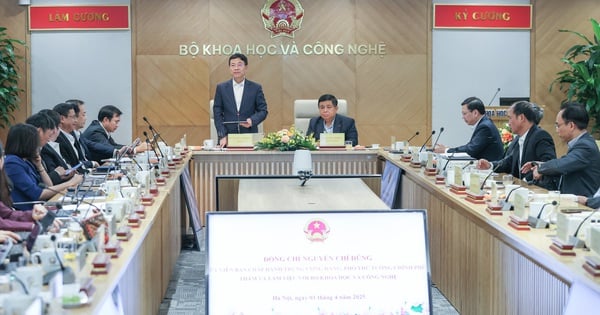

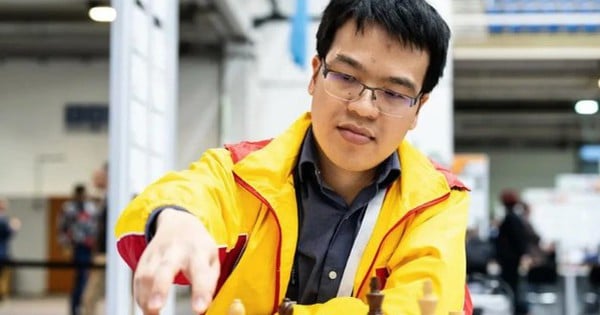
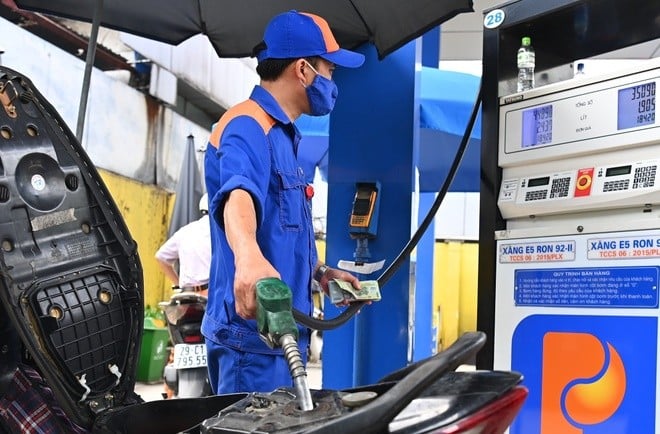

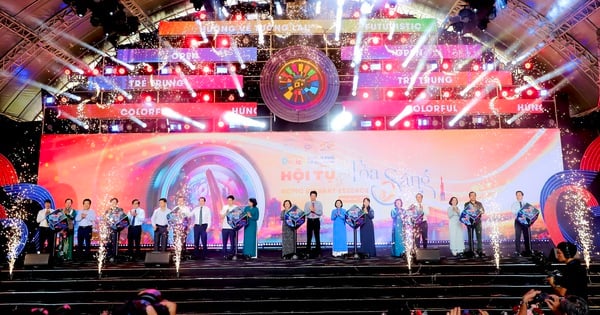



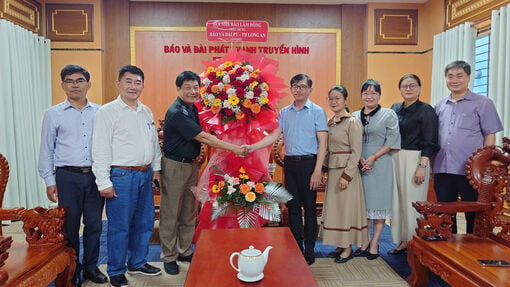



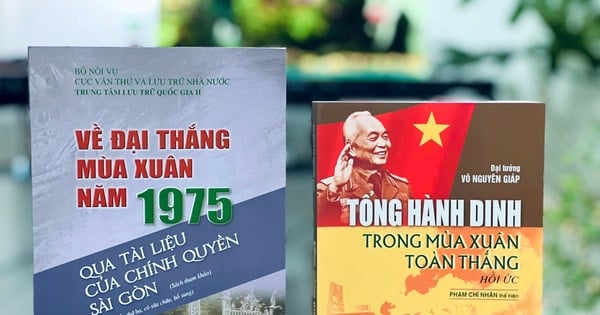

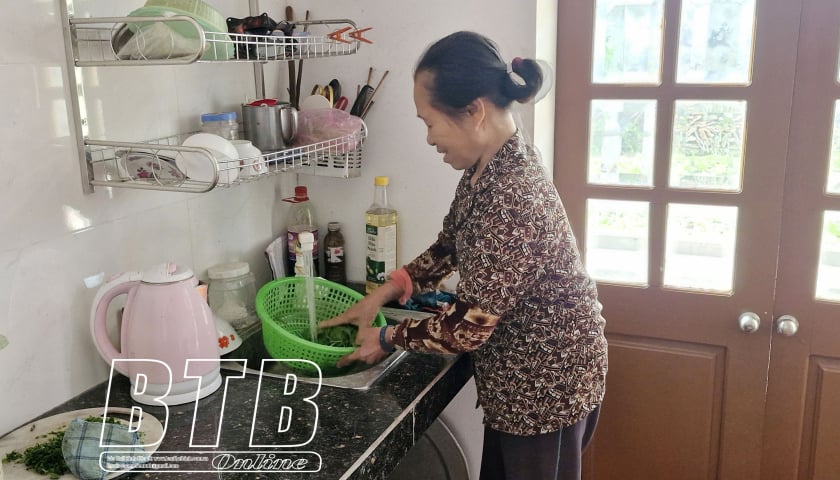












Comment (0)